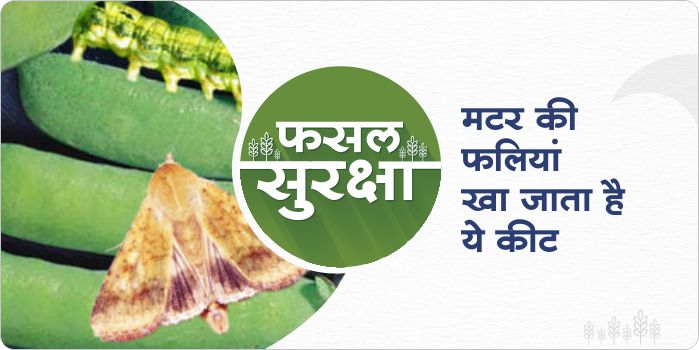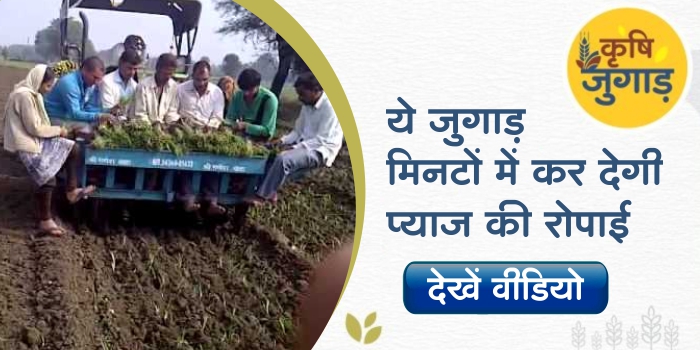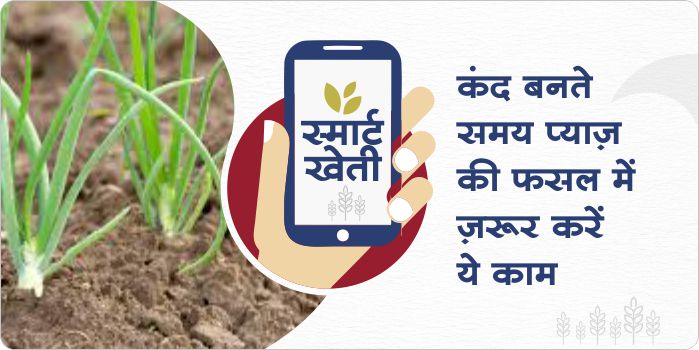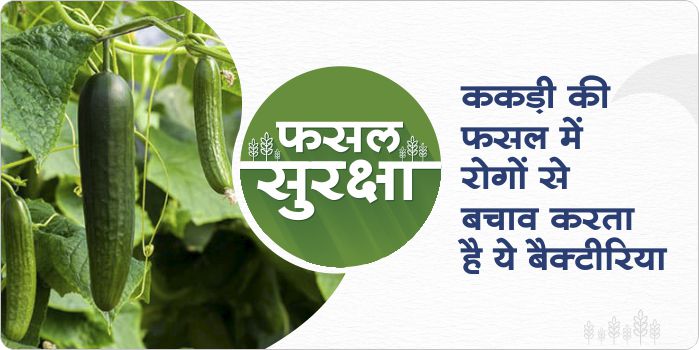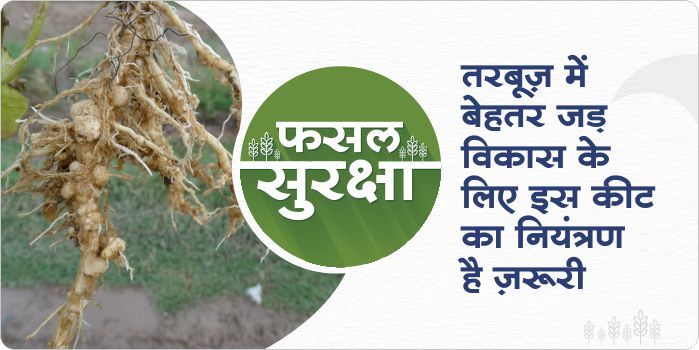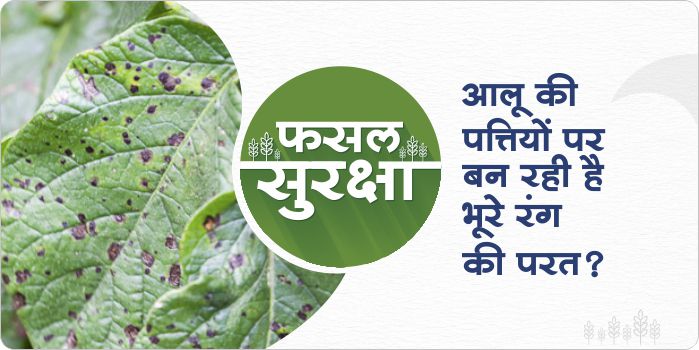- Pod borer is a major pest of pea crop which causes heavy damage to the crop.
- Pod borer mainly harms pods of the pea crop. This insect damages the pea pod by piercing it and eating its grain inside.
- To control this, spray Emamectin benzoate 5% SG @ 100 gram/acre or flubendiamide 39.35% SC @ 100 gram/acre or chlorantraniliprole 18.5% SC @ 60 ml/acre.
- Spray Bavaria Basiana @ 250 gram/acre as a biological treatment.
Nutrition management in garlic crop 60-65 days
- Nutrition management is very important for the good production of garlic crops.
- Tuber formation in garlic crops is very good if the nutrients are supplied at the right time.
- Use Calcium nitrate @ 10 kg/acre +Potash @ 20 kg/acre as soil treatment to manage nutrition in garlic crops in 60–65 days.
- The field must be irrigated after nutrition management of garlic crop in 60-65 days.
This machine made from jugaad will lead to transplanting of onions in a short time
This machine made with jugaad technology makes the onion plantation work done in the field very easily and in a very short time. Some people sit on this machine and put onion plants in the machine. The machine plants several plants at once.
Video Source: Agri Tech
ShareTemperature control measures for good crop production
Irrigation of fields is crucial: – Whenever there is a possibility of low temperature or frost warning has been given from the weather forecast department, light irrigation should be provided to the crop. The temperature will not fall below 0° C and crops can be protected from the loss due to lower temperature as Irrigation increases the temperature by 0.5 – 2° C.
Cover the plant: – The nursery is in the most vulnerable stage in low temperature. In nursery it is advisable to cover the plants with plastic sheets at night. By doing so, the plastic causes the temperature inside to increase by 2-3 degree celsius. Straw can also be used instead of polyethylene whose surface temperature does not reach the deposition point. While covering the plants, keep in mind that the south eastern part of the plants remain open, so that the plants get sunlight in the morning and afternoon.
Windbreakers: – These breakers reduce the intensity of cold waves and protect them from crop damage. For this, such crops should be sown around the field, so that the wind is controlled to some extent, for e.g. sowing maize in gram fields. To protect the plants from frost, they should be covered except in the direction of sunlight using straw or any other object.
Smoke near the field: – To control temperature, you can create smoke in your field, so that the temperature does not fall to the deposition point and crops can be protected from damage.
ShareNutritional management measures while tubers formation in the onion crop
- Until three leaves do not emerge after germination, the crop grows slowly above the ground and in the soil.
- Once the 3 leaves emerge, the growth of the crop accelerates. This development takes place within the soil.
- Plants produce more leaves to increase photosynthetic activity and store the materials needed to make bulbs.
- Nutritional management in plants at this stage is important for bulb formation, crop development, and the beginning of final yield.
- Presently spray Paclobutrazol @ 40% SC @ 30 ml/acre as spray
- Use Calcium Nitrate @ 10 kg/acre + Potash @ 25 kg/acre as soil treatment.
Benefits of fertilizer management in wheat crop
- The production of wheat crops can be increased to a large extent by using the right fertilizers at the right time.
- Fertilizer management is done in three stages in wheat crop 1. at the time of sowing 2. Management in 20 -30 days of sowing 3. Fertilizer management in 50 -60 days of sowing
- Fertilizer management at the time of sowing improves germination of wheat crop and provides uniform growth to the plant.
- The Management in 20 -30 days of sowing improves good root growth and development of tillers .
- By managing fertilizer in 50-60 days of sowing, the earhead emerges well and milk fills well in the grains and the production of grains is very good.
Importance of Zinc Soluble Bacteria in Cucumber
- Zinc bacteria creates soluble organic acids in soil that help to convert insoluble zinc into soluble zinc.
- Soluble zinc is easily available to the plants than its insoluble variant, it effectively protects the plants from many diseases, their use increases the yield and also improves the soil health.
- Zinc is required as a catalyst in various metallic enzymes in plants and for metabolic activities.
- Plays an important role in plant growth and development
- Gramophone provides zinc bacteria by the name of Taba-G and SKB ZnSB.
Measures to control root knot nematode at the time of sowing in water melon
- The female of the root knot nematode lays eggs inside the root, or above the root.
- Newborns nematodes after hatching out of their eggs move towards the root. They consume root cells. And form knot in the roots
- Nematodes affect the Growth of plants leaving the plant underdeveloped.
- The color of the leaves becomes light yellow.
- The plant dries up and dies when there is heavy infestation.
- To control this, do deep plowing of land in the summer season.
- Use neem cake at the rate of 80-100 kg per acre.
- Effective control of root knot nematodes is also done by using Pacelomycaceus linaceous 1% WP 2–4 kg per acre of mixed with well rotten dung manure at the time of field preparation.
Importance of Phosphorus solubilizing bacteria in watermelon crop
- These bacteria are helpful in providing phosphorus as well as micronutrients like Mn, Mg, Fe, Mo, B, Zn and Cu.
- Helps to grow roots rapidly, so that plants get water and nutrients easily.
- PSB produces certain organic acids such as malic, succinic, fumaric, citric, tartaric acid and acetic acid. These acids increase the availability of phosphorus.
- Enhances immunity against diseases and drought.
- Its use reduces the need for phosphatic fertilizer by 25 – 30%.
How to control the late blight disease in potatoes
- In this disease, irregular shaped spots are formed on the leaves.
- Which causes the early fall of leaves, due to these spots, a brown layer is formed on the leaves which affect the photosynthesis process of the plant.
- As the process of photosynthesis is affected, the plants are unable to produce food, stunting the growth of the plant and the plant dries prematurely.
- Chemical treatment:-Azoxystrobin 11% + Tebuconazole 18.3% SC @ 300 ml/acre or Chlorothalonil 75% WP @ 400 gram/acre or Ketazin 48% EC @ 300 ml/acre or Metalaxyl 4% + Mancozeb 64% WP @ 600 gram / acre
- Biological treatment: – Use Pseudomonas fluorescens @ 250 gm/acre.

